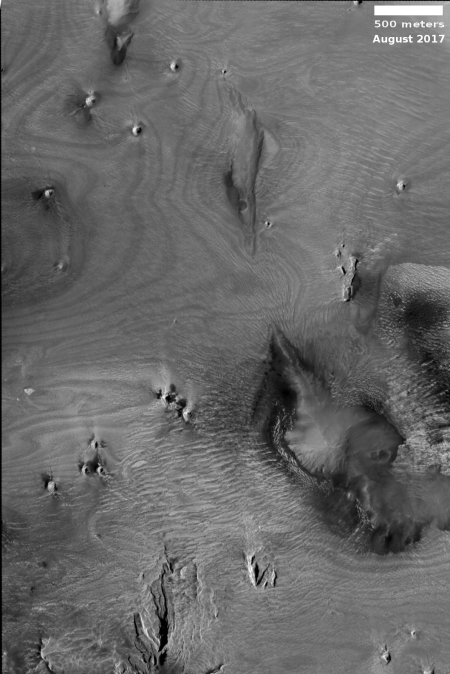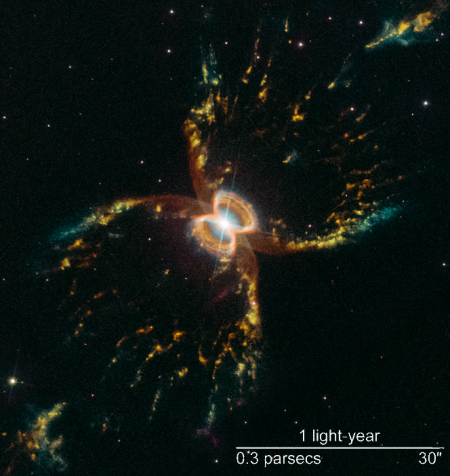Starliner does first splashdown recovery tests
Capitalism in space: Though Boeing intends to bring its manned Starliner capsule down on land, it has begun water recovery tests of the capsule, working in conjunction with Air Force recovery teams, to prepare for the possibility that it might sometimes have to splashdown in the ocean.
While the article reviews the tests, it also contains this interesting piece of information:
While today’s test was the first in-water practice run for Starliner at sea rescue, it represents a much larger DoD commitment to space crew rescue operations – universal procedures that would be followed for Starliner, Dragon, and Orion.
During ascent for Starliner, Dragon, and Orion, the 304th Rescue Squadron will have two teams stationed along the east coast of the United States, one at Patrick Air Force Base (just South of the Cape) and the other in Charleston, South Carolina.
The Patrick team, Rescue 1, will be responsible for on-pad aborts that place a capsule in the water or for aborts in the first couple minutes of flight that place the capsule within a 200 nautical mile zone from the Cape.
After that distance is exceeded, the Charleston crew (Rescue 2) would be responsible for rescue of a launch-aborting crew vehicle anywhere else across the Atlantic.
The third team, stationed in Hawai’i, (also part of Rescue 2) would be responsible for any after-launch immediate landing need or off-nominal Station return contingency that places a Starliner or Dragon in the Pacific.
It appears that the responsibility for water recovery of American manned spacecraft has been taken over by the Air Force. Up until now SpaceX has performed its own water recovery for its unmanned cargo Dragon capsules.
Capitalism in space: Though Boeing intends to bring its manned Starliner capsule down on land, it has begun water recovery tests of the capsule, working in conjunction with Air Force recovery teams, to prepare for the possibility that it might sometimes have to splashdown in the ocean.
While the article reviews the tests, it also contains this interesting piece of information:
While today’s test was the first in-water practice run for Starliner at sea rescue, it represents a much larger DoD commitment to space crew rescue operations – universal procedures that would be followed for Starliner, Dragon, and Orion.
During ascent for Starliner, Dragon, and Orion, the 304th Rescue Squadron will have two teams stationed along the east coast of the United States, one at Patrick Air Force Base (just South of the Cape) and the other in Charleston, South Carolina.
The Patrick team, Rescue 1, will be responsible for on-pad aborts that place a capsule in the water or for aborts in the first couple minutes of flight that place the capsule within a 200 nautical mile zone from the Cape.
After that distance is exceeded, the Charleston crew (Rescue 2) would be responsible for rescue of a launch-aborting crew vehicle anywhere else across the Atlantic.
The third team, stationed in Hawai’i, (also part of Rescue 2) would be responsible for any after-launch immediate landing need or off-nominal Station return contingency that places a Starliner or Dragon in the Pacific.
It appears that the responsibility for water recovery of American manned spacecraft has been taken over by the Air Force. Up until now SpaceX has performed its own water recovery for its unmanned cargo Dragon capsules.



